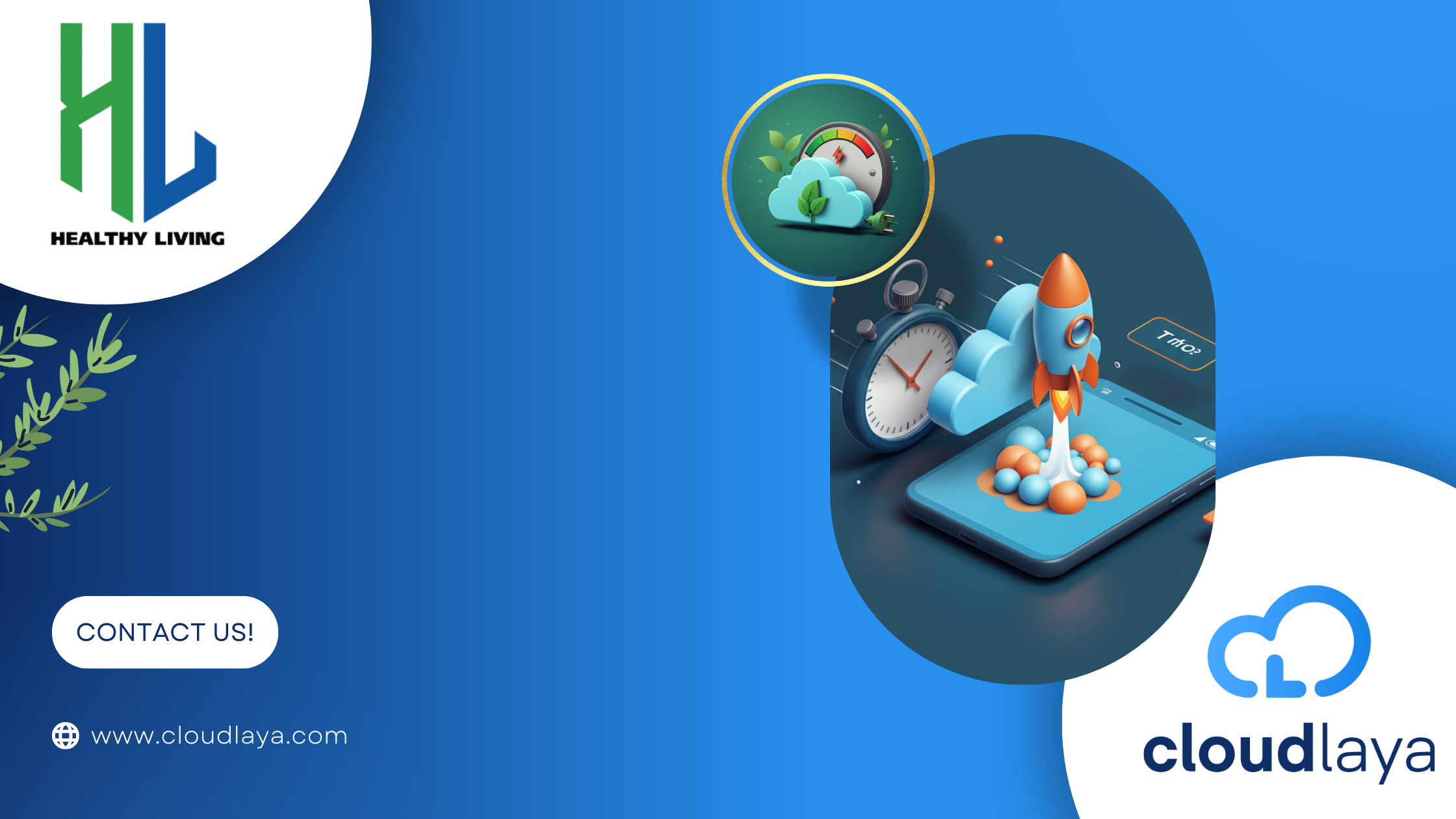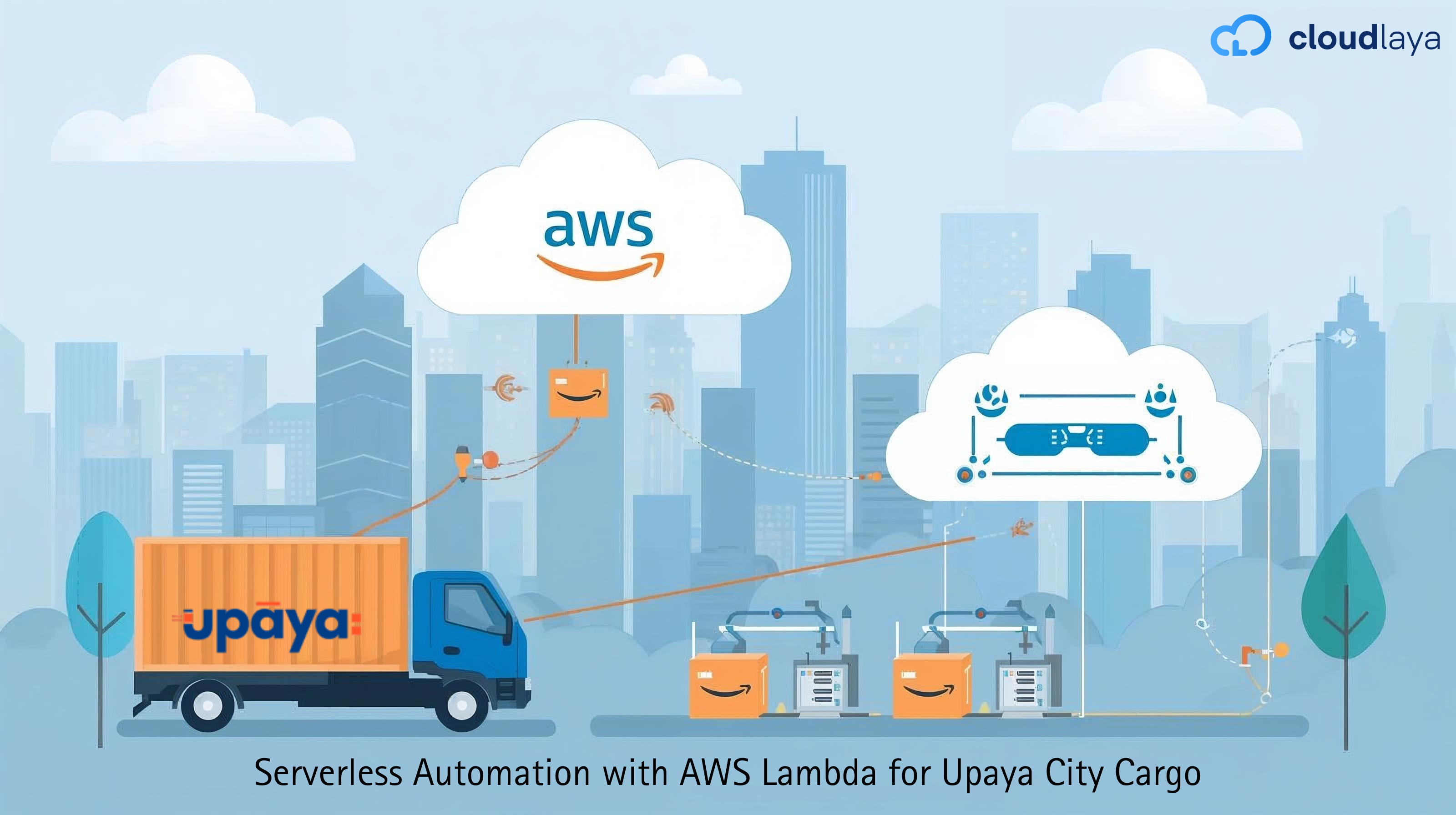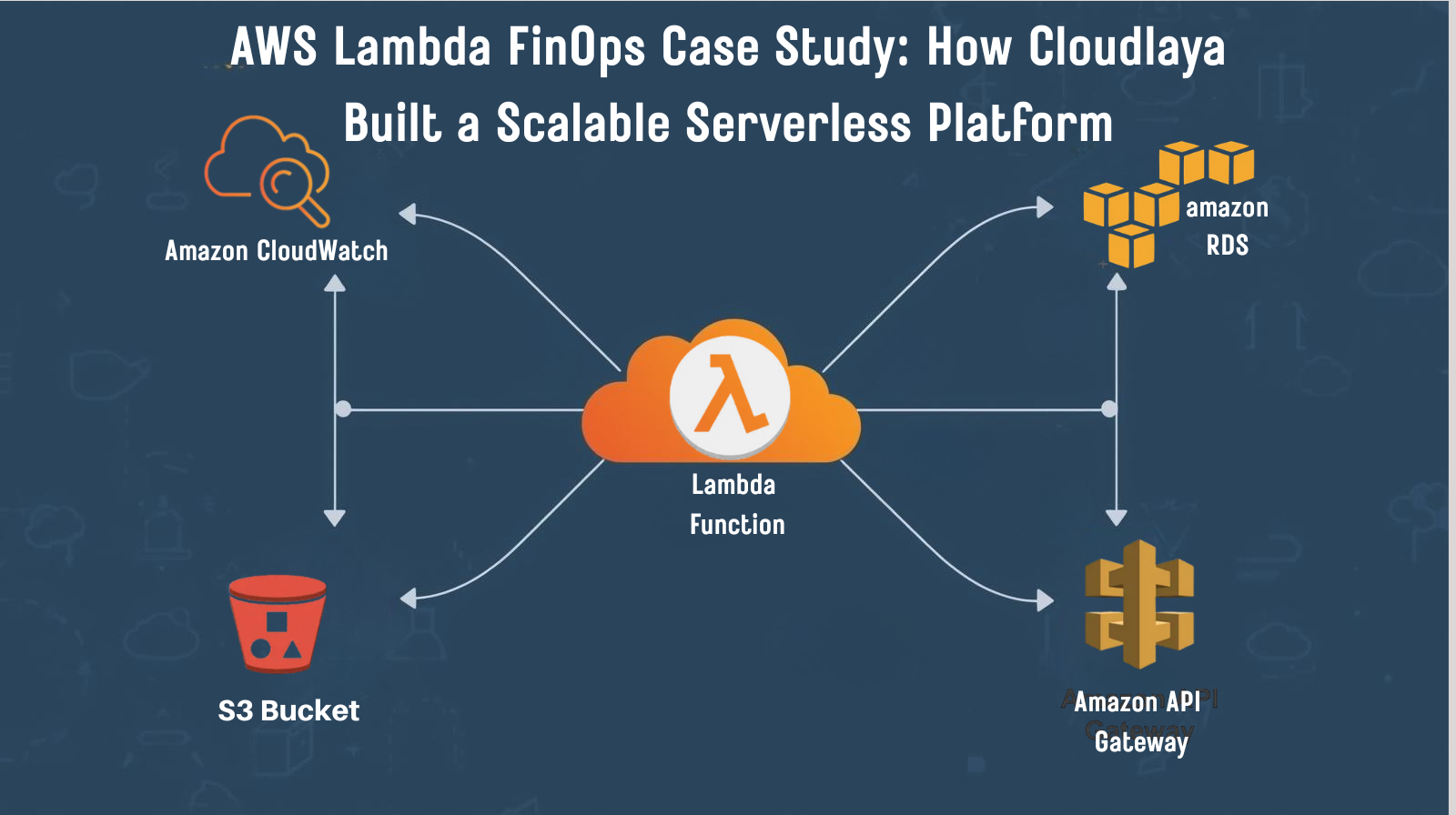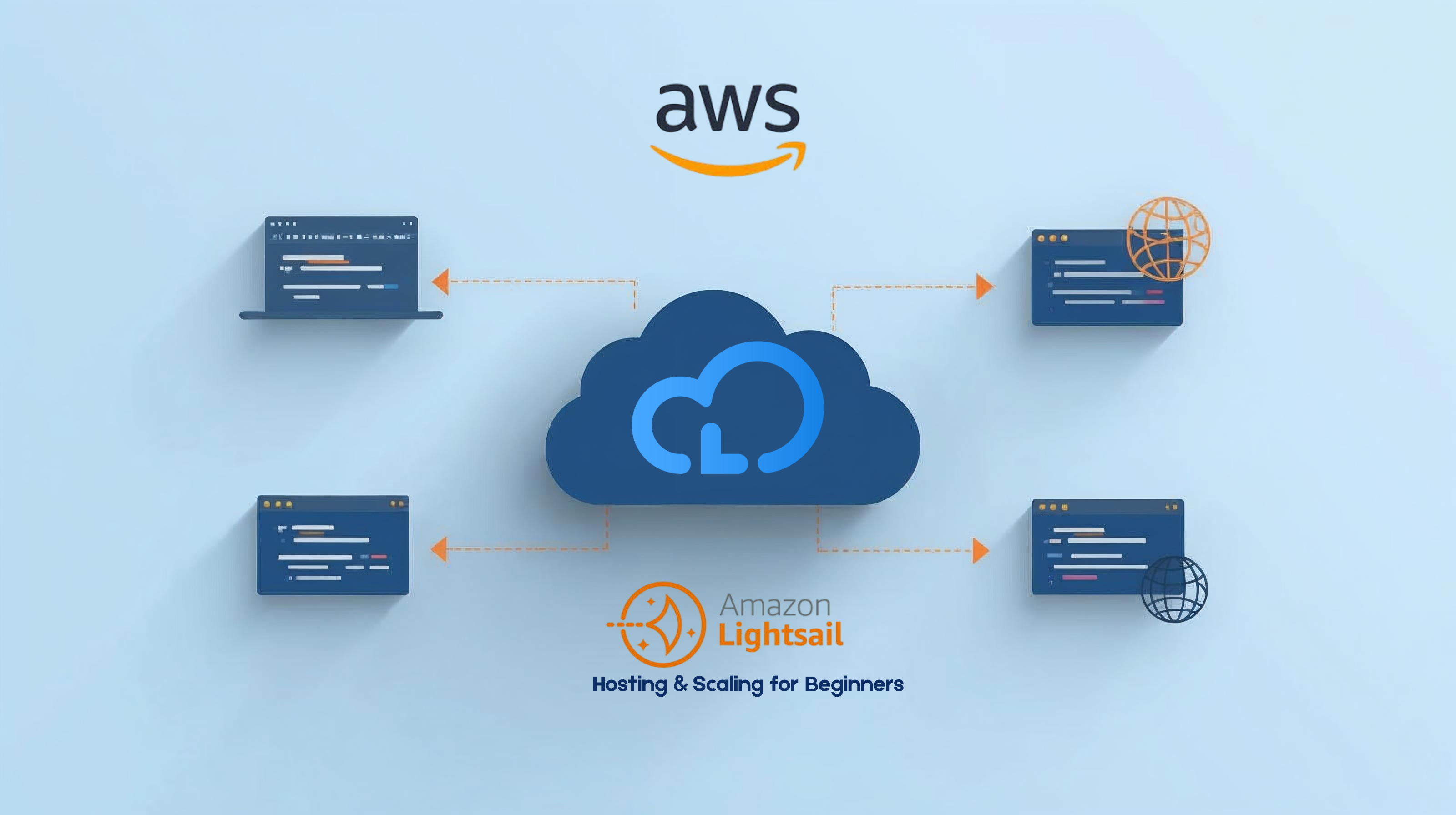
Enhancing Disaster Recovery and Database Licensing for Healthy Living Nepal
Company Background
Preventive care heavily relies on health and well-being, which is a universally accepted ideal. As a result, there has been a spike in demand for high-grade wellness and personal care merchandise in Nepal, which gave birth to Healthy Living Nepal, a direct selling ethical business. The company’s clients range from suppliers to distribution, as they provide various products certified for GMP and ISO for wellness, health, personal and cosmetic care. The company understands the importance of disaster recovery and ensures the protection of vital business data with solid database licensing strategies, enabling seamless recovery in case of challenges.
Healthy Living Nepal prioritizes promoting wellness but understands the significance of disaster recovery to sustain business operations. The firm employs solid strategies for database licensing to ensure that it protects its vital information, and in the case of challenges, it can recover seamlessly.
What Healthy Living Nepal is Struggling With
As the business grew, the management of their database and disaster recovery became a problem. The MySQL database server, which contained critical medical and business information, had no backup or security measures, which put it in danger of catastrophic failures. Some challenges were:
- Not Having Secure Backups and Disaster Recovery Processes: There was no plan to take backups, which increased the likelihood of losing data due to hardware, cyberattacks, or system failure.
- Using Database Without License: Not possessing enterprise level database licenses posed a risk of possible compliance and operational security issues.
- Scalability and Performance Issues: The current system used to store large amounts of data was not built to handle them, leading to slow performance and potential downtime of important business activities.
- Operational Risk and Compliance Breach: Without automated data recovery processes coupled with monitoring, there was greater risk of security breaches and operational inefficiencies.
These challenges risked operational obstacles, compliance fines, and security breaches, which eventually led to a diminished customer relationship and disrupted business sustenance.
Solution Implemented
Working together, we overhauled the IT infrastructure, focusing on optimization for data protection from threats, as well as disaster recovery. These are the salient improvements:
-
MS SQL Database Deployment
- The MySQL, which had proven to be a security loophole, was replaced by Microsoft SQL licenses MS SQL servers, which are tailored for enterprise security and regulations compliance.
- Improved system optimization led to better speed in data retrieval and query execution.
-
Disaster Recovery Plan Implementation
- Redundant disk and system fail over strategies were heavily designed in the backup infrastructure to ensure that business processes ran unhindered in the event of system disruption.
- Automated backup encryption was put in place to eliminate the risk of data loss.
-
Performance Monitoring and Optimization
- Power usage; disk I/O, and query execution were monitored in real time with integrated performance tracking tools.
- Proactive measures of monitoring system performance lead to automating anomaly alerts, resolving issues before they can pose any disruption.
- Enhanced data processing speeds were facilitated by improving caching, resource allocation, and indexing of the database.
-
Security Reinforcements and Compliance Assurance
- Sensitive data was safeguarded through SLAT encryption, along with multi-layered authentication, to ensure effective data protection.
- We successfully complied with data protection laws, protecting customer and business information from any prospective threats.
Effects and Outcomes
Our efforts reshaped the IT infrastructure for Healthy Living Nepal while delivering productivity improvements that reinforced business continuity. The major results were:
-
Alleviated Exposure to Cyber Threats and Achieved Regulatory Compliance
- With the adoption of licensed MS SQL servers, the exposure to cyber threats was greatly mitigated.
- The company also operates under strict data governance measures, which minimizes the chances of regulatory risk.
-
Improved Resilience and Increased Business Operational Continuity
- Regular automated backups, along with a fail over database system, ensured data availability and backup at the time of system failure.
- Reduced downtime for critical healthcare processes improved business continuity.
-
Scalable and Improved System Performance
- The upgraded infrastructure allows for improved speed for data access and retrieval and increased convenience for accessing patient files.
- Greater system performance enabled the company to increase its operational boundaries with no increase in effort.
Conclusion
For an organization like Healthy Living Nepal, the first step was migrating to licensed database systems and robust disaster recovery strategies, which Cloudlaya successfully completed. These changes from Cloudlaya have vastly improved the company’s operational stability and enhanced data security. Cloudlaya has assisted Healthy Living Nepal achieve optimal performance which in turn allows the company to provide exceptional healthcare services throughout the country.
This critical improvement in IT infrastructure allows Healthy Living Nepal to adapt more easily to business growth while guaranteeing security and effective service to their clients.


